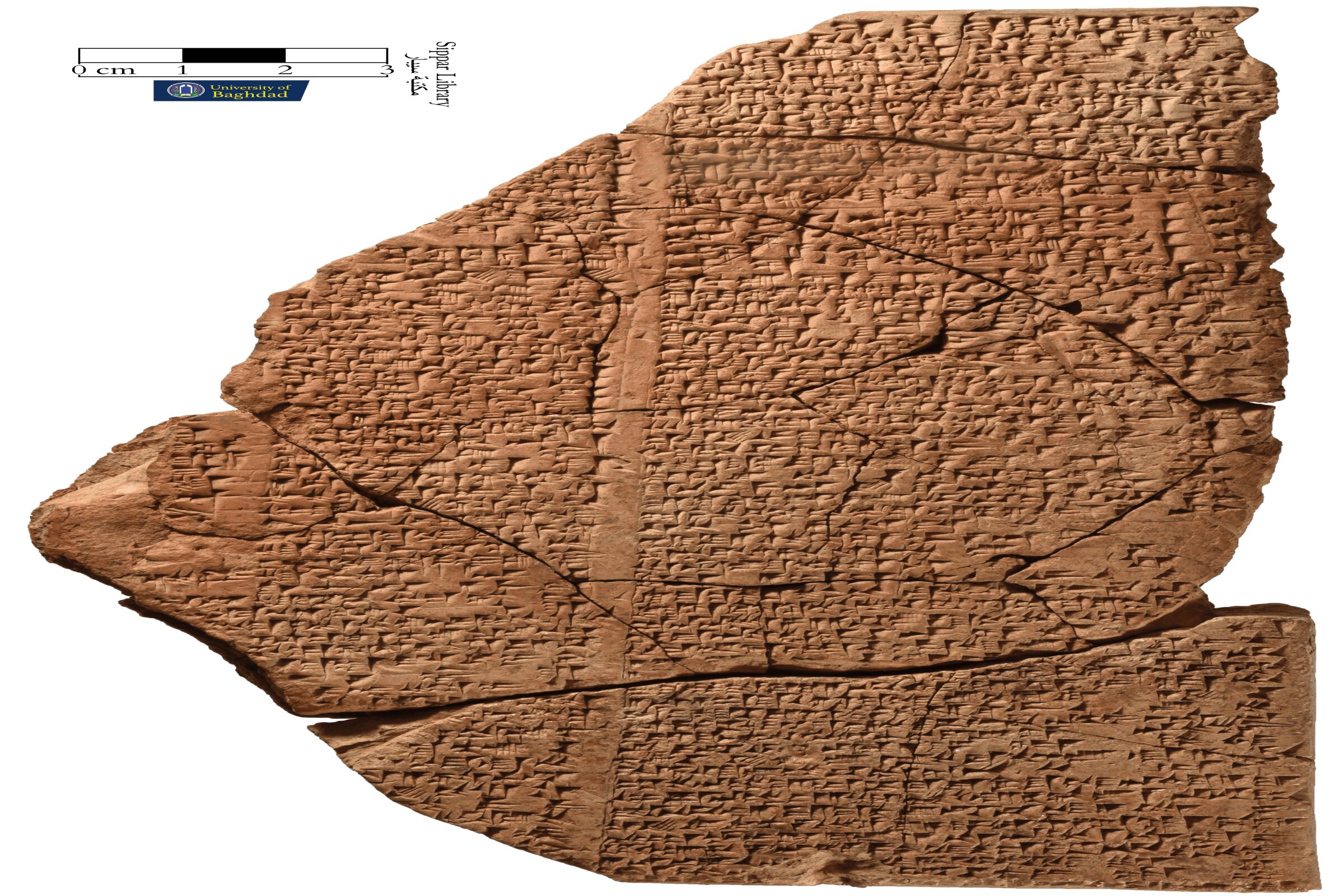Follow us on Google News (click on ☆)

The cuneiform tablet containing the recently discovered hymn.
Credit: Anmar A. Fadhil, Department of Archaeology, University of Baghdad, with permission from the Iraqi Museum and the State Board of Antiquities and Heritage
The team led by Enrique Jiménez identified a complete 250-line text in cuneiform script—a poem dedicated to Babylon, then the political, religious, and cultural capital of the region. This discovery provides rare insight into the daily life, beliefs, and social values of the time.
The text, found on several clay tablets, was reconstructed by cross-referencing data from 30 scattered fragments. This task was made possible by a digital platform powered by AI, capable of detecting connections invisible to the human eye.
What is cuneiform writing?
Cuneiform writing, one of the world's oldest writing systems, was developed by the Sumerians around 3400 BCE. Engraved using a stylus on wet clay, it consists of wedge-shaped signs.
Used for over three millennia, this script recorded laws, myths, contracts, and literary works. Babylonian texts in Akkadian are now a major source for the study of the ancient Near East.
How does artificial intelligence help reconstruct these texts?
Researchers use AI algorithms to analyze patterns, syntax, and structures in cuneiform texts. By cross-referencing fragments preserved in different museums, AI identifies matches that traditional methods might miss.
In the case of the hymn to Babylon, this technology quickly grouped dozens of scattered fragments, allowing for a continuous reading of the poem. Without this assistance, reconstruction could have taken decades.
AI also aids in translating these ancient texts by recognizing characters and linguistic patterns. These advances make forgotten heritage more accessible and open new research possibilities.
A hymn to the city and its people
The recently reconstructed hymn describes Babylon with exceptional detail, mentioning its temples, gardens, and even the role of women in society. These verses offer a fresh perspective on urban organization and social ties in the city.
Listed as a UNESCO World Heritage Site, Babylon continues to reveal its secrets. This poem, emerging after millennia of silence, testifies to the cultural and spiritual power of one of history's greatest civilizations.